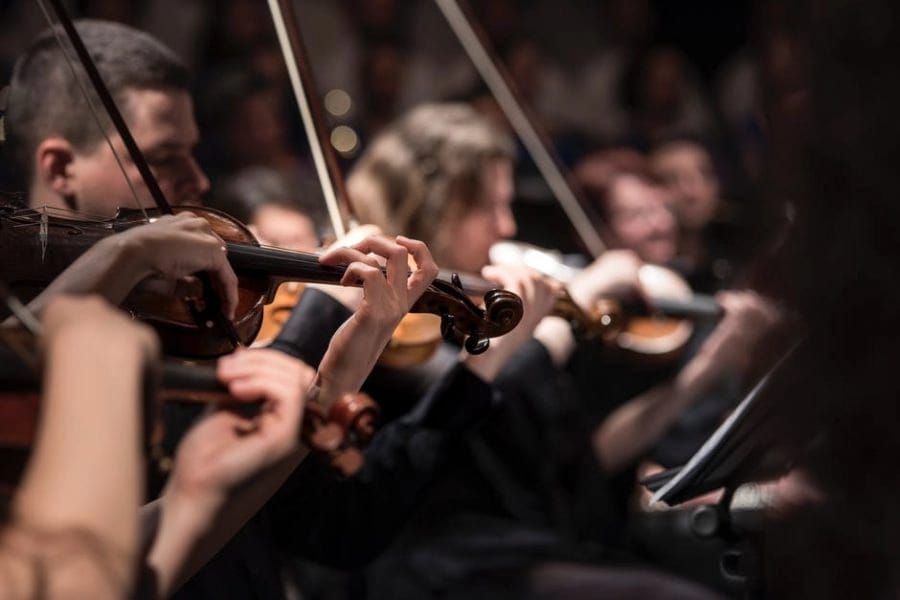 It breaks my heart to hear of classical music fans who shy away from attending live concerts for fear of committing a classical faux-pas, such as clapping between movements of a symphony or concerto. Who cares? Enjoy yourself. However, true confession: in my youth, as a supercilious UCLA music student, I was that snob who glared at you for clapping, even after the third movement of Tchaikovsky’s Pathetique, a march which seems to scream for applause.
No longer.
It breaks my heart to hear of classical music fans who shy away from attending live concerts for fear of committing a classical faux-pas, such as clapping between movements of a symphony or concerto. Who cares? Enjoy yourself. However, true confession: in my youth, as a supercilious UCLA music student, I was that snob who glared at you for clapping, even after the third movement of Tchaikovsky’s Pathetique, a march which seems to scream for applause.
No longer.
Here is the 3rd movement of the Tchaikovsky Symphony No. 6, the Pathetique, with applause following the climactic finale, even in the enlightened music capital of Paris. How can you not applaud here?
I grew more open-minded over years of concert-going, looking in vain for audience members under the age of 57. The dramatic turning point for me was Gustavo Dudamel’s specular—and free– Hollywood Bowl concert October 3, 2009, entitled ¡Bienvenido Gustavo!
As a roving reporter on the scene that night, I spoke with countless young people, first timers at the Bowl who flocked to the sold-out concert for one reason alone: “Gustavo!” You bet your bassoon they clapped after each movement of the Beethoven 9th. I began clapping uproariously, too. “You want new audiences?” I yelled silently to myself. Encourage their passion for this music!”
The modern etiquette of sitting on your hands would have horrified Mozart, Beethoven, Donizetti: they all expected their music to be applauded after climactic movements, arias, choruses. The ritual of withholding applause between movements seems to have begun with the mid-19th-century German tradition, and, according to music historian Philip Gossett, that ultimate musical egomaniac Richard Wagner “extended the notion that these works were sacred and deserving of reverence…therefore you could not applaud between movements.”
Well, as far as I’m concerned, clap away. Most musicians enjoy the attention, unless it’s a quiet, poignant moment, which brings me, I must confess, to an enduring pet peeve: the guy (sorry, it’s a guy) who yells Bravo the split second the music is over, even at the otherworldly closing measures of Mahler’s 9th Symphony. He’s showing off that he knows the piece and at the same time destroying a moment of unutterable beauty for the rest of the audience.
Here’s the gripping finale of Mahler’s 9th Symphony. The music ends at about 26:43. This audience allows a precious 20 seconds of silence before they begin applauding. What a gift, yes? It was a performance marking the 100th anniversary of the death of Gustav Mahler. This orchestra, the Vienna Philharmonic, gave the world premiere of the piece in 1912.
The bottom line: Classical music needs new audiences, desperately. We can’t stand (or sit) on ceremony. But if there’s unearthly quiet in the concert hall? By all means, join in the silence!







